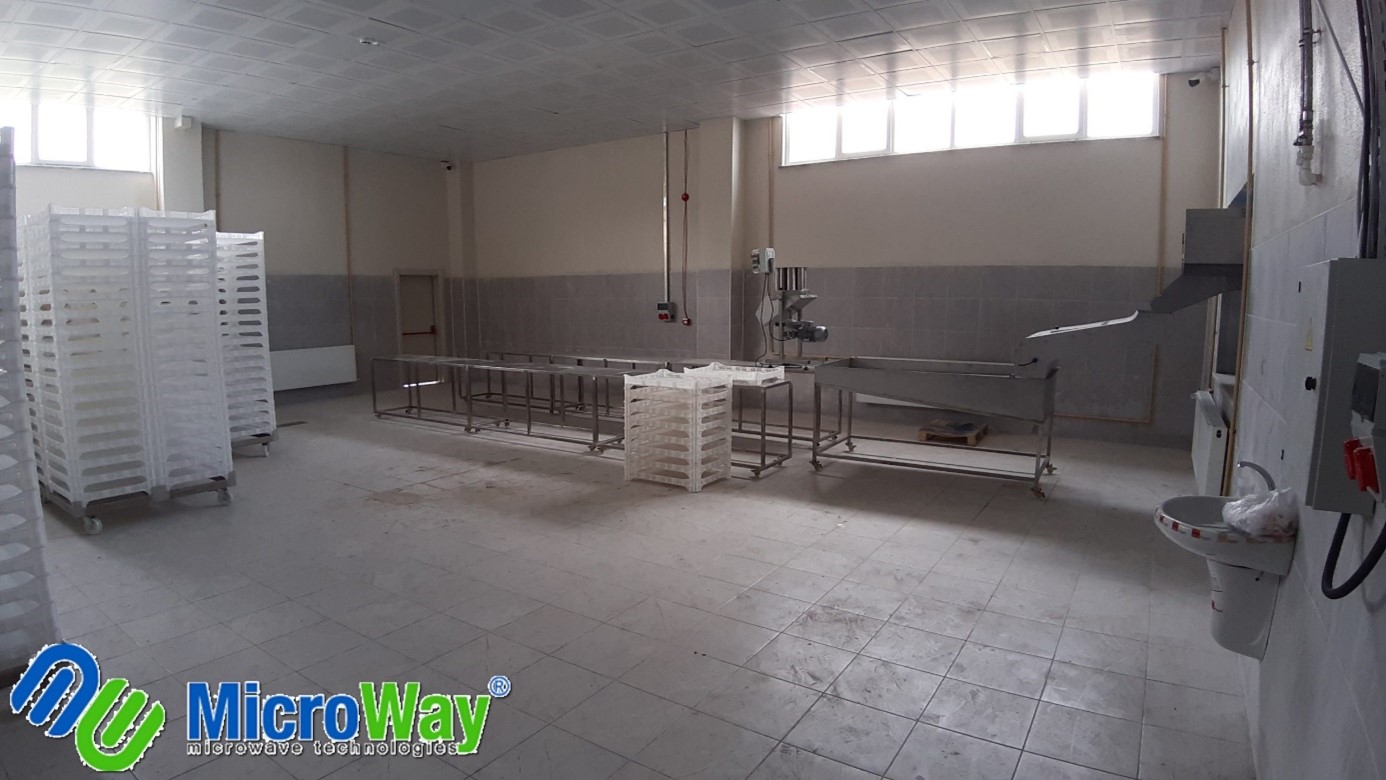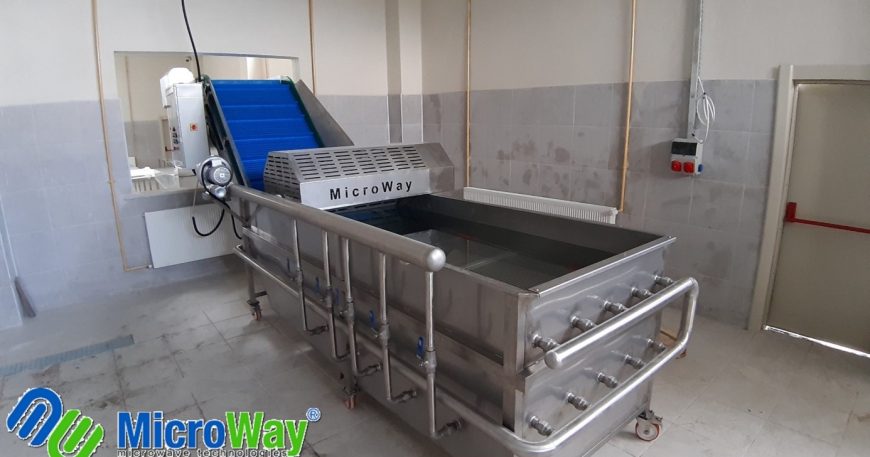Introduction:
Elevator , or lifts, have become an integral part of modern urban infrastructure, shaping the way we navigate and inhabit tall buildings. This article delves into the fascinating history, technological advancements, and the indispensable role elevators play in our daily lives.Get acquainted with the production capacity of the Microway brand.
Historical Perspective:
The concept of lifting heavy loads vertically dates back to ancient civilizations, where rudimentary systems were operated by human or animal power. However, it wasn’t until the 19th century that elevators as we know them today began to emerge. The first steam-powered elevator, designed by Elisha Otis, featured a safety brake that prevented free-fall accidents, paving the way for the mass adoption of vertical transportation.

Types of Elevators:
- Hydraulic Elevators: These elevators use a hydraulic piston to move the car, making them suitable for low to mid-rise buildings.
- Traction Elevators: Employing steel cables and counterweights, traction elevators are the most common type for high-rise structures.
- Pneumatic Elevators: Operating on the principle of air pressure changes, pneumatic elevators are known for their sleek design and energy efficiency.
Technological Advancements:
Recent decades have witnessed remarkable technological advancements in elevator systems. The integration of microprocessors, destination control systems, and regenerative drives has enhanced efficiency, reduced wait times, and improved energy conservation. Smart elevators are now equipped with features such as touchless controls, predictive maintenance, and even entertainment options for passengers.
Skyscrapers and Urbanization:
Elevators have played a pivotal role in the rise of skyscrapers, enabling the efficient vertical movement of people and goods. As urbanization continues, elevators are essential in maximizing space utilization and providing convenient access to various floors in high-density buildings.
Accessibility and Inclusivity:
Elevators contribute significantly to creating accessible and inclusive environments. They cater to individuals with mobility challenges, allowing them to navigate multi-story buildings with ease. Elevator design considerations now include features such as tactile buttons and audio announcements to enhance accessibility for everyone.

Challenges and Future Trends:
While elevators have come a long way, challenges such as energy consumption and environmental impact persist. Future trends include the development of ropeless elevators, magnetic levitation technology, and innovations aimed at making vertical transportation more sustainable and efficient.Get acquainted with the production capacity of the Microway brand.


